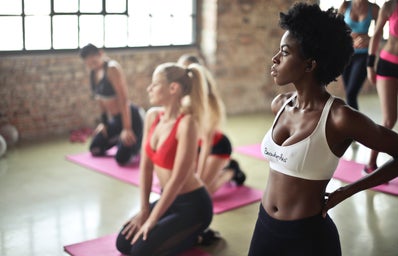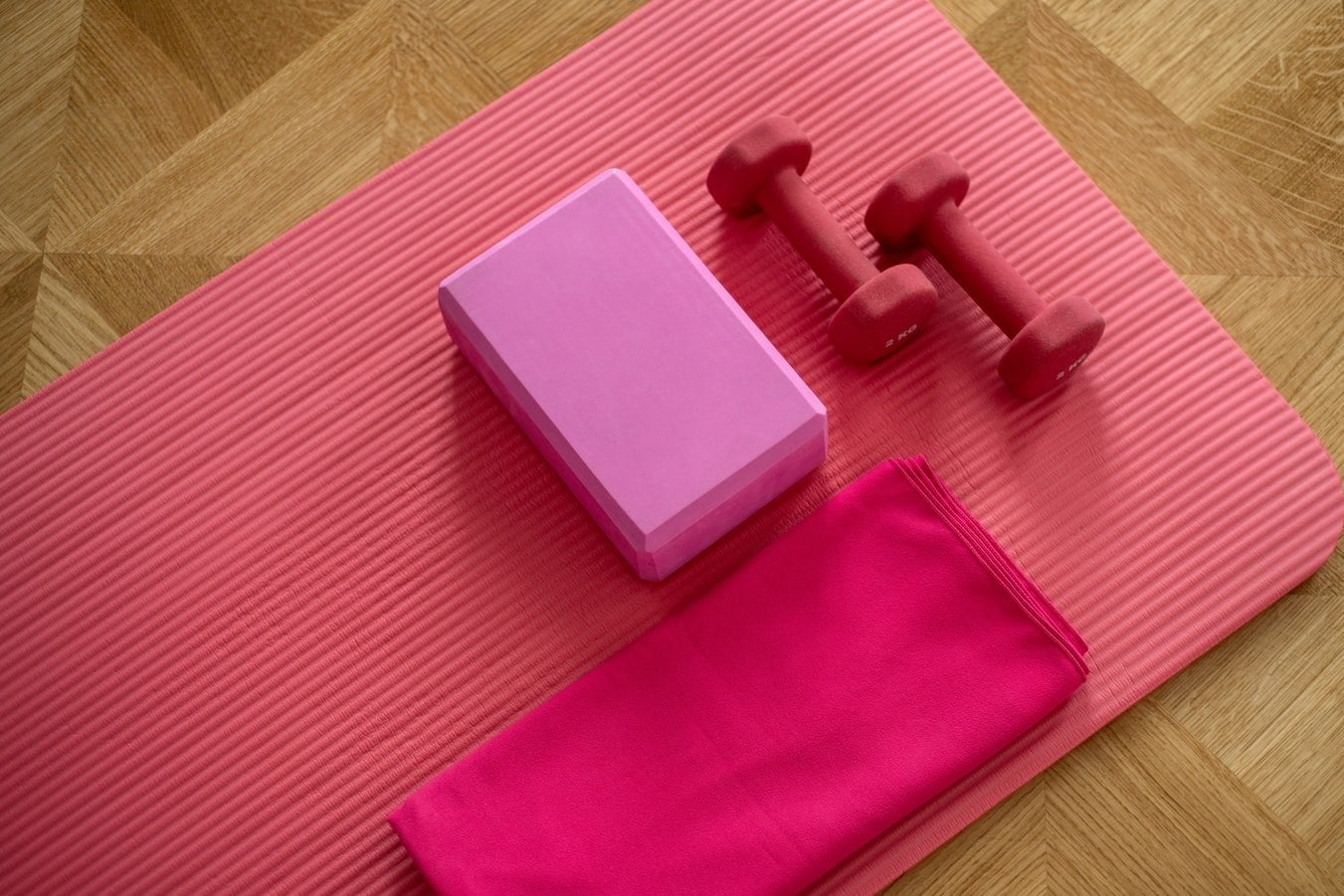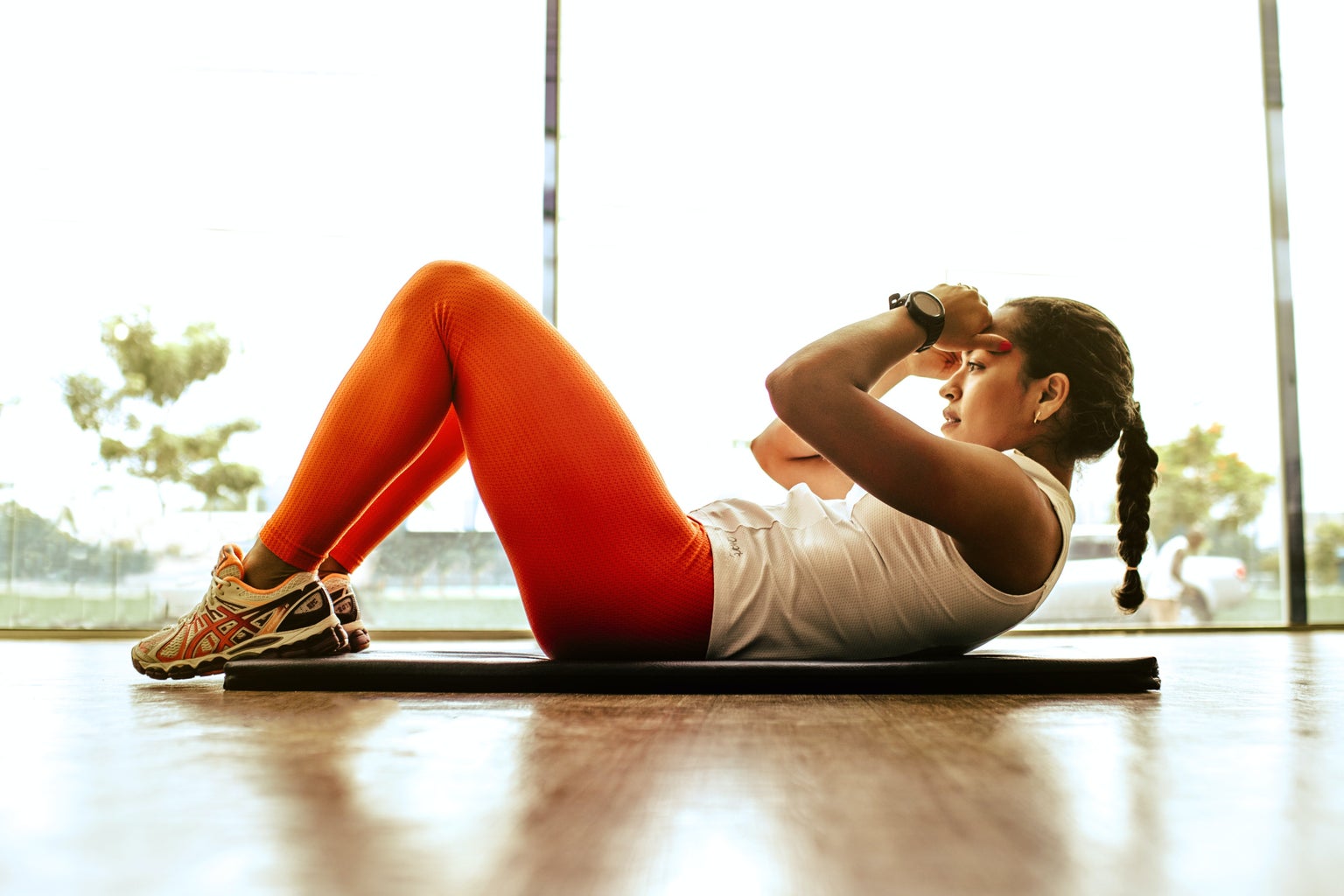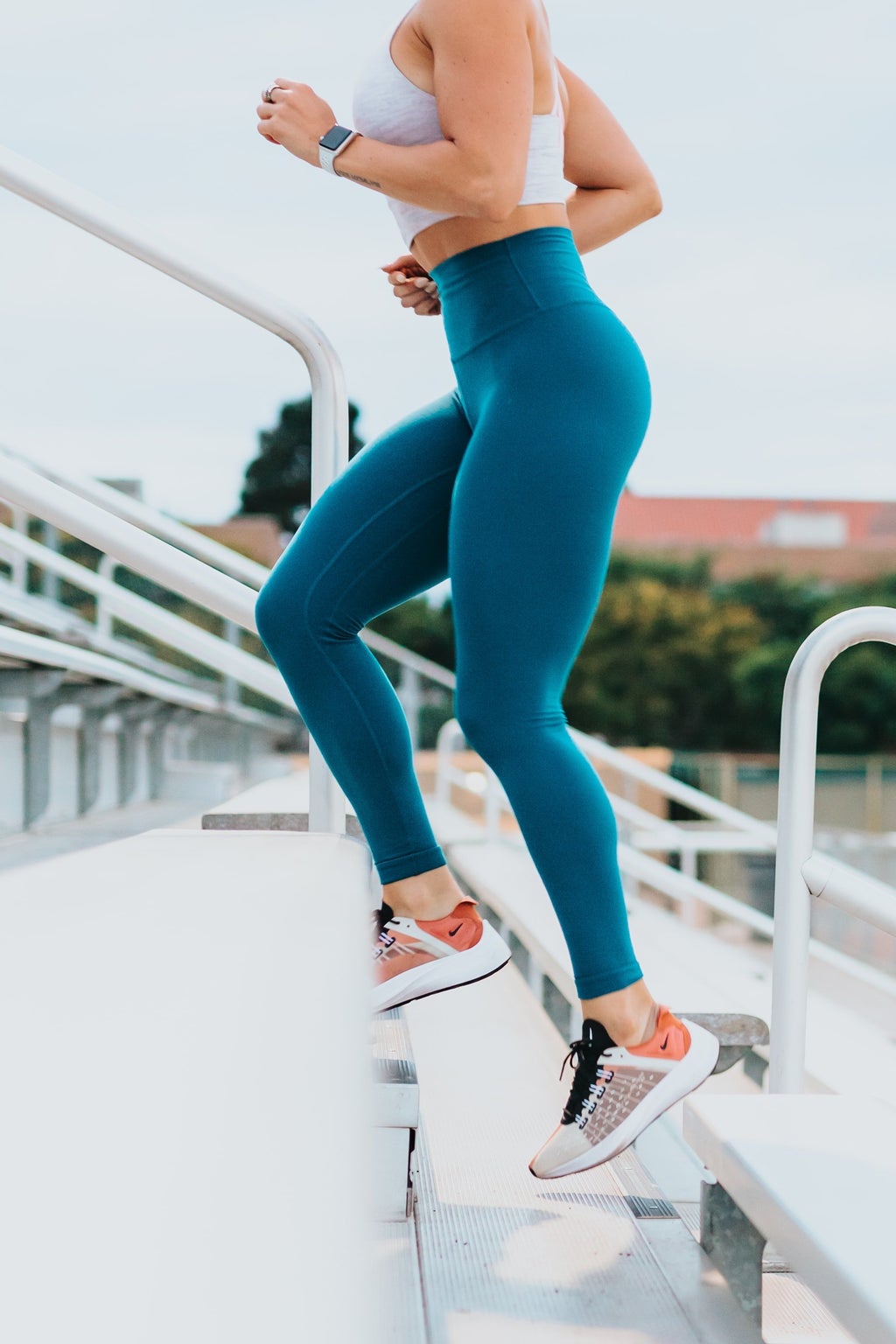Everywhere I look these days, I feel like I’m seeing a new kind of fitness craze: hot yoga, dance workouts, spin classes, 12-3-30, and most recently, bungee workouts. Pilates is among these seemingly new crazes, with all of the A-listers like Kendall Jenner, Hailey Bieber, Jennifer Aniston, and the Kardashians, raving about it. But for an average of $30-$50 per class, I’m okay with owning up to my skepticism about it.
Pilates is a type of workout developed by German physical trainer Joseph Pilates, who sought to create a system of exercises to strengthen, stretch, and balance the mind and body. He began teaching his method during his internment at a prison camp for German nationals during WWI to fellow inmates and continued to develop it throughout the rest of his life by opening his own studio, creating new supplemental equipment to further its effectiveness, and writing a book called Pilates’ Return to Life Through Contrology detailing his work. During his lifetime, his method gained traction with communities of dance professionals for its equipment, breathwork, and emphasis on mind-body connection, but remained largely unknown to the general public. But in the late 90s, it became popular – due to endorsements by celebrities like Madonna – and became a mainstream form of working out by the early 2000s. There was a near “pilatesapocalypse” in the mid-2010s because of the popularity of “hardcore” HIIT style workout classes, but it regained its footing during the pandemic as people sought at-home workouts, and has since grown from there.
Today, your typical Pilates class can come in many different forms. The two most popular types are mat pilates and reformer pilates. Mat pilates is the most original form of the method developed by Pilates himself, where you remain mainly on a mat and perform exercises with the help of additional equipment like a ring or ball. Reformer Pilates still utilizes the same fundamental basics but focuses more on slow, controlled movements with the use of a reformer machine. Both forms are low-impact workouts with a heavy emphasis on strengthening core muscles. However, reformer pilates usually focuses on engaging more of the muscles of the full body than mat does.
So, given all of this, does Pilates actually work?
Even though Pilates has existed for more than 100 years now, few studies have been conducted on it. However, the studies that have been conducted have focused on whether or not Pilates improves strength, balance, posture, muscular tone, and endurance.
In one study, fifty middle-aged participants were recruited to attend 12 weeks of a mat Pilates class, meeting twice a week for one hour. Participants showed increases in endurance of abdominal and upper-body muscles, as well as hamstring flexibility, but no improvements in balance or posture. (Kloubec, June A. “Pilates for Improvement of Muscle Endurance, Flexibility, Balance, and Posture.” Journal of Strength and Conditioning Research, March 2010.)
In a systematic review of multiple studies published over the years, it was found that Pilates was an effective rehabilitative form of exercise for those struggling with different kinds of body pain, such as multiple sclerosis, non-structural scoliosis, hypertension, and chronic neck pain. Studies revealed a reduction in pain levels and increase in mobility. (Byrnes, Keira et al. “Is Pilates an effective rehabilitation tool? A systematic review.” Journal of Bodywork and Movement Therapies, January 2018.)
Although these studies are interesting, more empirical research is needed to solidify Pilates’ claims on its transformative qualities. So, unfortunately, we’re not all going to look like a Jenner after two reformer Pilates classes. But exercise in and of itself is important for your health, and your exercise regimen should depend both on what you like to do and what it is you’re trying to accomplish. Therefore, supplementing Pilates with other forms of exercise like aerobic exercise or strength training could be more effective for your personal goals.
Although not one single exercise or workout is going to change your life or your body magically, incorporating exercise that you love to do into your life is valuable and important for your health. So if Pilates is something you love to do, Pilates away!







